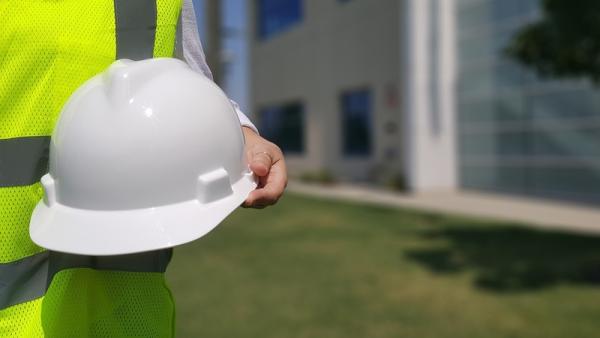
James Laurenceson, Deputy Director, Australia-China Relations Institute, University of Technology Sydney |
This article appeared in the Daily Telegraph on July 28 2015.
A coalition of trade unions wants to stop the China free trade agreement at the final hurdle — a vote in federal parliament.
The big claim is that the FTA locks out Australian workers by making it easier for Chinese companies investing in Australia to import Chinese workers. Labor leader Bill Shorten has now committed to fight to change the agreement.
Putting the claims about Chinese workers aside for one minute, is there anything else in the deal for Australia not to like?
Does it make it easier for Chinese investors to buy Australian residential real estate? Nope.
What about Australian rural land or agribusinesses? No once more.
And there’s no change in the rules for Chinese government-owned companies wanting to buy Australian assets either.
Private Chinese investors will be able to buy assets in non-sensitive sectors with a value up to $1.1 billion without needing Foreign Investment Review Board approval but investors from the US, New Zealand and Chile were given the same threshold years ago, as now have Japan and Korea.
There will also be some small tariff cuts such as getting rid of a 5 per cent duty on clothes made in China.
In return China is offering to slash tariffs of up to 30 per cent on Australian goods including beef, milk, seafood and wine, providing billions of dollars in export value.
China is also giving Australian businesses best-ever access to its rapidly growing services sector.
That’s the big picture now at risk.
Unions are mostly targeting what are known as investment facilitation arrangements. But here’s the thing. IFAs only set up the possibility of bringing in skilled labour on large-scale projects relating to infrastructure.
The idea that a Chinese property developer could bring in an army of foreign bricklayers, electricians and plumbers to knock up a block of residential apartments in the middle of Sydney or Melbourne is farcical.
Moreover companies will still be required to prove that they’ve tried to find skilled Australian workers first and it will be the Australian government’s Department of Immigration and Border Protection that sets the bar on labour market testing, not the Chinese government or the Chinese companies.
If Australian workers are available there’s nothing to be gained by bringing in Chinese workers except a pile of paperwork.
And under the deal: “All direct employers under an IFA and workers granted visas under an approved IFA labour agreement will be required to comply with applicable Australian laws, including workplace law, work safety law and relevant Australian licensing, regulation and certification standards.”
In other words, if Australian workers are available there’s nothing to be gained by bringing in Chinese workers except a pile of paperwork.
Unions are also complaining about the removal of a mandatory skills assessment for temporary workers from China in 10 professions, including electricians. But this requirement was only introduced in 2009 and applied to just 10 countries. An electrician from Kazakhstan, Kenya or Korea has never had to worry. The skill level needed to get a visa won’t change.
It’s time for the China FTA to be ratified and for the benefits to flow.
Author
Professor James Laurenceson is Deputy Director of the Australia-China Relations Institute at the University of Technology Sydney.


